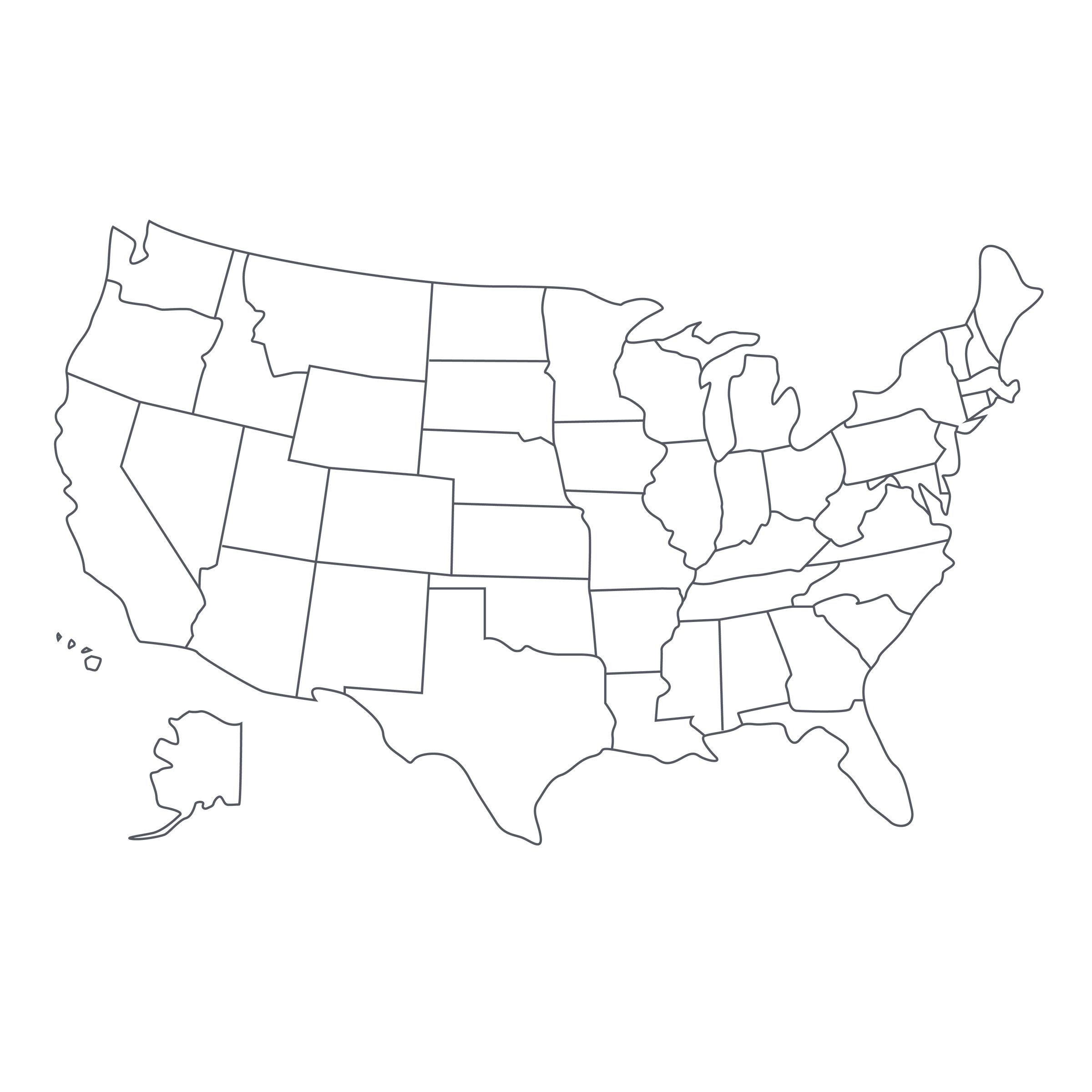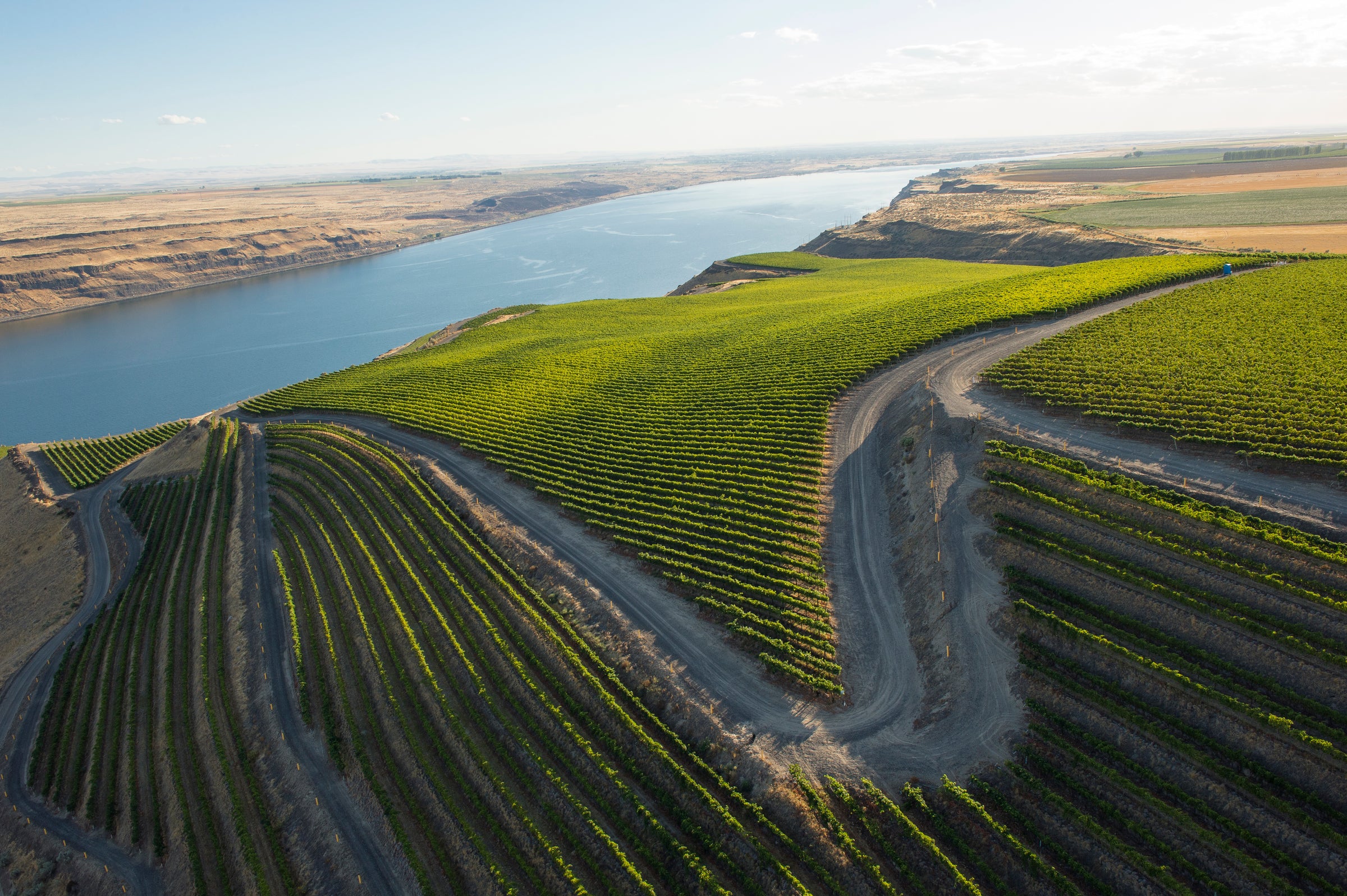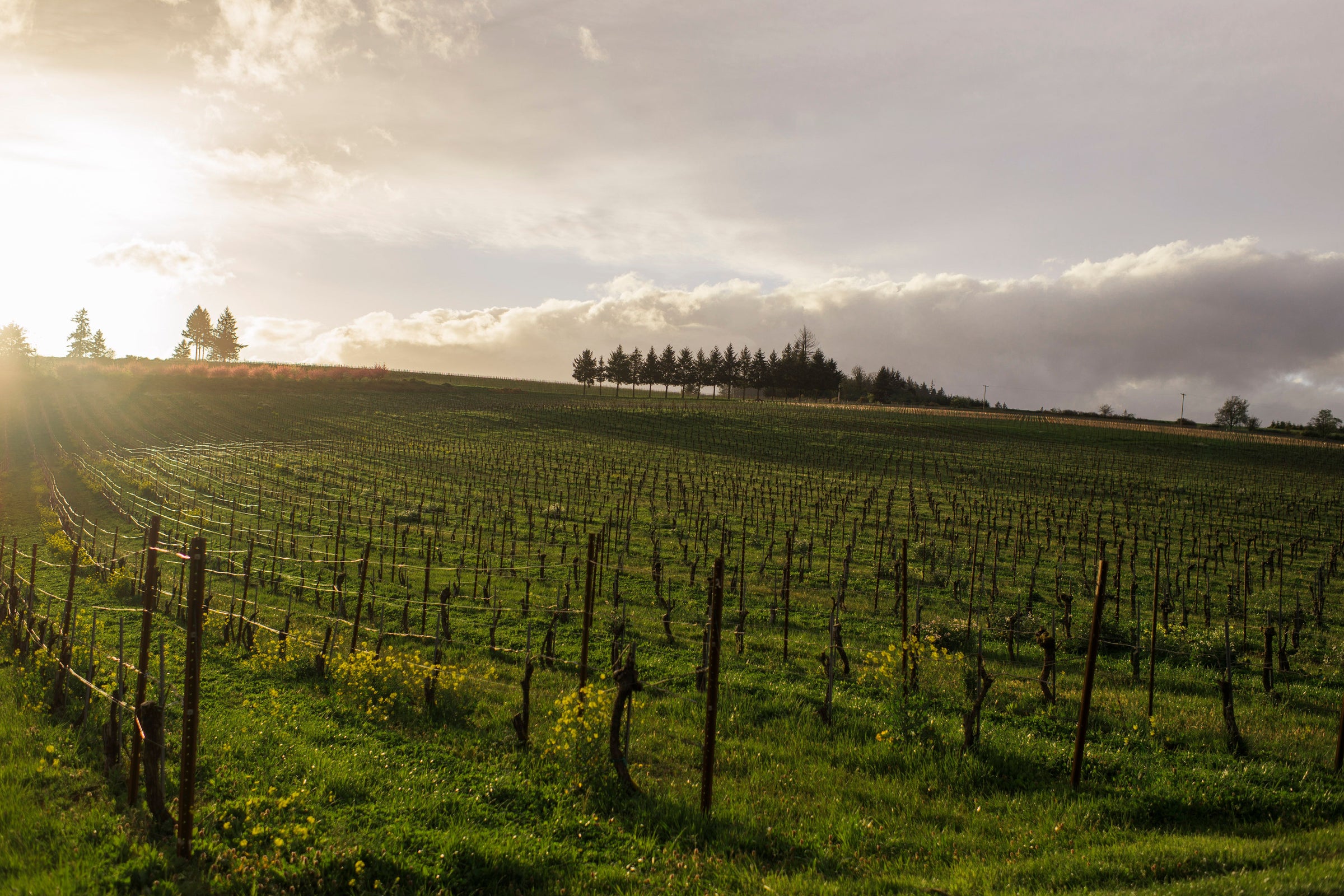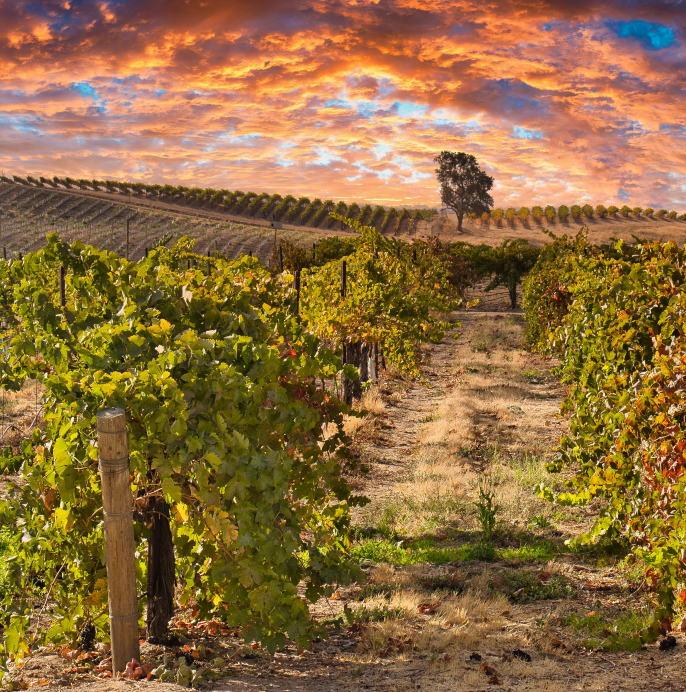Having the Napa Valley right in our back yard means we occasionally get access to wines that aren’t put into regular commercial distribution. Oftentimes these are tiny-production, “mailing-list-only” wines, which is what today’s Petit Sirah-Cabernet Sauvignon blend from Dunn Vineyards might have become. But once we heard its backstory, we insisted on getting some to share with our subscribers.
As second-generation vintner Mike Dunn describes it, the Dunn crew was in the middle of bottling their Howell Mountain Cabernet Sauvignon when the tank they were draining began to run low. Alerted to this, Mike hopped off the forklift he was on and quickly changed the hookup to another tank, without immediately noticing that the tank contained a Petite Sirah from his heirloom vineyard next to the winery (more on that below). When he realized his error, he shut down the line and identified the bottles that had become Petite Sirah-Cabernet Sauvignon blends. And that’s what we have here. I can’t give you exact percentages, because they vary, but I call tell you that the dark, meaty Petite Sirah component and the polished, fragrant Cabernet Sauvignon component have achieved a beautiful harmony—especially after a few years of bottle age. We have an extremely small supply of this evocative, still-evolving red, which is truly a one-of-a-kind collectors’ item. Up to six bottles per person until it’s gone, never to be seen again!
Then again, maybe we will see it again someday: Petite Sirah (which the Dunns spell without the “e” on their antique labels) is rarely if ever the main attraction in a blend with Cabernet. It’s usually the other way around, with the Petite Sirah providing a little color, density, and earthy rusticity to the more “noble” Cabernet. Seen in reverse, however, I’ve got to say the combination still works like a charm—although that owes in large part to the Howell Mountain terroir and to Mike Dunn’s affinity for Petite Sirah, which he makes under his Retro Cellars label. We are big fans of the Retro wines at SommSelect, in large part because they exhibit much more energy and focus than most wines we try from the variety; whereas a lot of Petite Sirah is inky, syrupy, and a little ponderous, the Retro wines (and the few vintages of varietal Petite Syrah Dunn bottled in the early 1990s) are muscular, even lithe, outliers.
After shutting down the bottling line and corralling all the accidentally blended bottles, Mike tasted his way through the lot until it was “obvious” he’d found the point when the Cabernet Sauvignon was no longer in the mix. He said the blended wine ended up amounting to somewhere around 150 cases, which he initially set aside while he figured out what to do with it. As some of our subscribers are aware, Mike’s father, Randy, had long farmed a historic vineyard called “Park Muscatine,” perched at around 2,000 feet near the winery in Angwin. It was an old field-blended site that dated back to the 1890s, with a mix of Zinfandel, Petite Sirah, Carignane, and other varieties (including what’s thought to be a Petite Sirah “parent,” Peloursin), from which Dunn bottled a few vintages of Petit (no “e”) Sirah under their own label. “[Randy] made it from 1992 to ’95,” explains Mike, “and it definitely had a little cult following, so I figured maybe we could revive it this one time.”
The Park Muscatine vineyard was ripped up and re-planted to Cabernet Sauvignon in 2015, but many years earlier, Mike took cuttings of Petite Sirah (and Peloursin) and planted a new vineyard so he could continue working with the variety. Look closely at the bottle of today’s 2014 and you’ll see a Dunn Petit Sirah label, brought out of retirement, layered on top of the “original” Cabernet Sauvignon label. Aged mostly in used barrels and blessed with the same combination of polish and mountain wildness that characterizes the now-legendary Dunn Cabernets, this wine is really starting to sing. In the glass, it displays an inky ruby-black core moving to a magenta rim, with heady aromas of macerated blackberry, black cherry, cassis, violets, sage, cacao, tobacco, tar, and dusty earth. It is full-bodied and blessed with the signature Dunn energy and muscularity, with lots of freshness and relatively modest alcohol for a Petite Sirah. It will dazzle right now given enough time in a decanter (an hour) and some copious Bordeaux stems, but there is still another 10+ years of positive evolution ahead for this wine—quite impressive at this price point! Serve it at 60-65 degrees with a well-charred ribeye, a seared duck breast, or braised short ribs. I think you’ll agree that this was a happy accident. Cheers!








